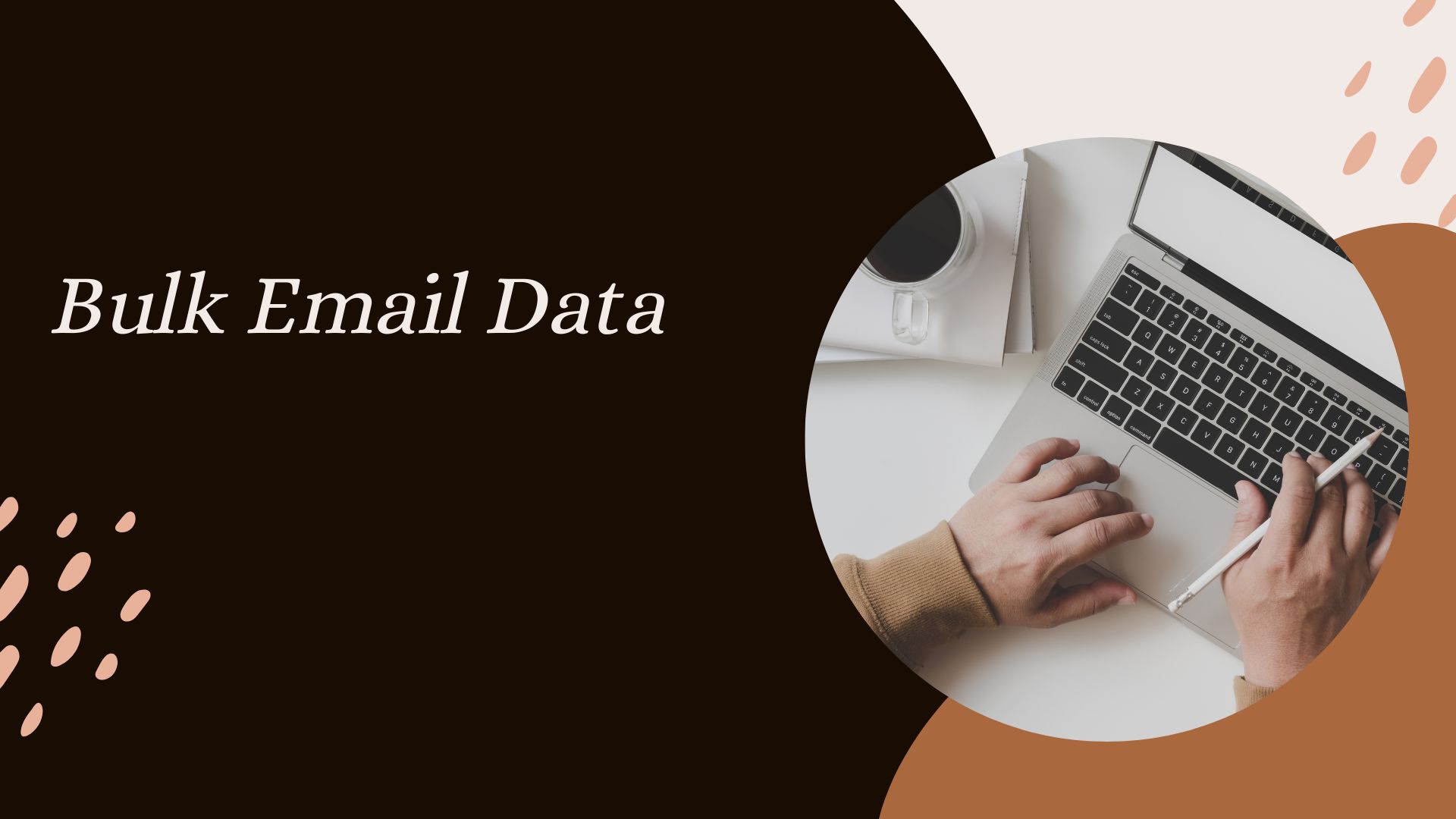|
|
In the realm of email marketing, maintaining a good sender reputation is crucial for the success of your campaigns. One of the key metrics that can affect this reputation is the percentage of emails marked as spam by recipients. Understanding spam rates, including how they are calculated and their implications, is essential for marketers seeking to improve their email deliverability and engagement.
What is a Spam Rate?
The spam rate represents the percentage of emails that recipients mark as spam or junk. This metric is vital because it provides insight into how recipients perceive your emails and whether they find them valuable. A high spam rate can harm your sender reputation, leading to lower deliverability rates and potentially causing your emails to land in the spam folder of future recipients.
How to Calculate Spam Rate
To calculate your spam rate, you can use the following formula:
This means that 2% of your emails were reported as spam.
Importance of Monitoring Spam Rates
Monitoring spam rates is essential for several reasons:
Sender Reputation: Internet Service Bulk Email Data Providers (ISPs) track spam complaints as part of their assessment of a sender's reputation. A high spam rate can lead to your emails being filtered into the spam folder for other recipients, diminishing your reach.
Engagement Insights: A rising spam rate may indicate that your content is not resonating with your audience. It’s a clear signal that you need to reassess your targeting, content quality, or frequency of emails.
Compliance: Regulations such as the CAN-SPAM Act in the United States require that marketers provide a clear way for recipients to unsubscribe. Failing to do so can lead to increased spam complaints and potential legal issues.
Factors Influencing Spam Rates
Several factors can contribute to an increased spam rate:
Irrelevant Content: If your emails do not align with the interests and expectations of your audience, recipients may quickly mark them as spam. Understanding your audience’s preferences is key to creating relevant content.
Poor List Management: Sending emails to inactive or unengaged subscribers can lead to higher spam complaints. Regularly cleaning your email list helps maintain engagement and reduces the likelihood of spam reports.
Lack of Permission: Sending unsolicited emails can significantly increase spam rates. Ensure that you are using a double opt-in process to confirm that recipients genuinely want to receive your communications.
Misleading Subject Lines: If recipients feel deceived by your subject lines or preview text, they are more likely to mark your email as spam. Always ensure that your subject lines accurately reflect the content of your emails.
Frequency of Emails: Sending emails too frequently can overwhelm your subscribers, leading them to mark your messages as spam. Finding the right balance in email frequency is crucial for maintaining engagement.
Strategies to Reduce Spam Rates
To improve your spam rate and maintain a good sender reputation, consider implementing the following strategies:
Engaging Content: Create valuable and relevant content that resonates with your audience. The more your subscribers find your emails useful, the less likely they are to mark them as spam.
Regular List Maintenance: Periodically clean your email list by removing inactive subscribers. This helps ensure that your emails are reaching engaged recipients.

Opt-In Practices: Use double opt-in methods to confirm that subscribers genuinely want to receive your emails. This can help reduce the likelihood of spam complaints.
Clear Unsubscribe Options: Always provide a straightforward way for recipients to unsubscribe. Making this process easy can reduce frustration and spam reports.
Monitor Metrics: Regularly track your spam rate and other key metrics to identify trends and areas for improvement. Adjust your strategies based on these insights.
Conclusion
Understanding and monitoring the percentage of emails marked as spam is crucial for successful email marketing. A high spam rate can damage your sender reputation and hinder your ability to reach your audience. By calculating your spam rate, analyzing the factors that contribute to it, and implementing strategies to reduce it, you can enhance your email deliverability and engage your audience more effectively. In an ever-evolving digital landscape, staying proactive about spam rates is essential for long-term email marketing success. |
|